A: It was used to attach the blank firing device. It is normally found on m/1938 and rarely on m/1896. It is never found on the sniper-version m/1941 or the carbine m/1894.
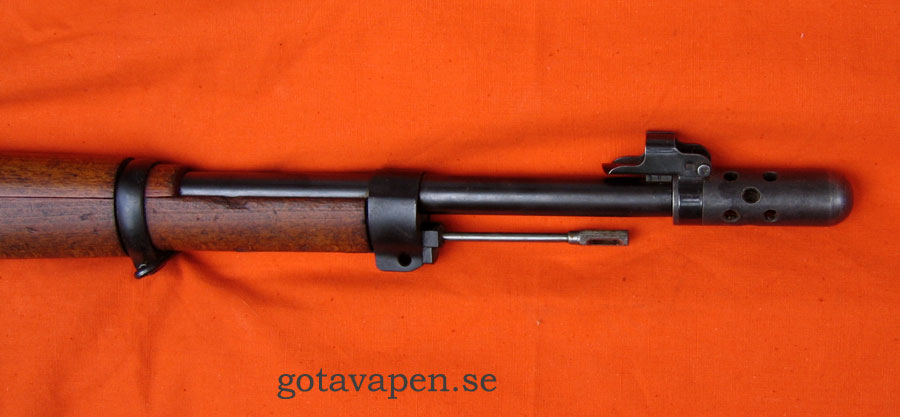
| FAQ about Swedish Mausers. |
up dated 2009-10-17
| Q: What was the muzzle thread used for? |
|
A: It was used to attach the blank firing device. It is normally found on m/1938 and rarely on m/1896. It is never found on the sniper-version m/1941 or the carbine m/1894. |
|
|
| Q: I have seen a bag on the side on pictures? |
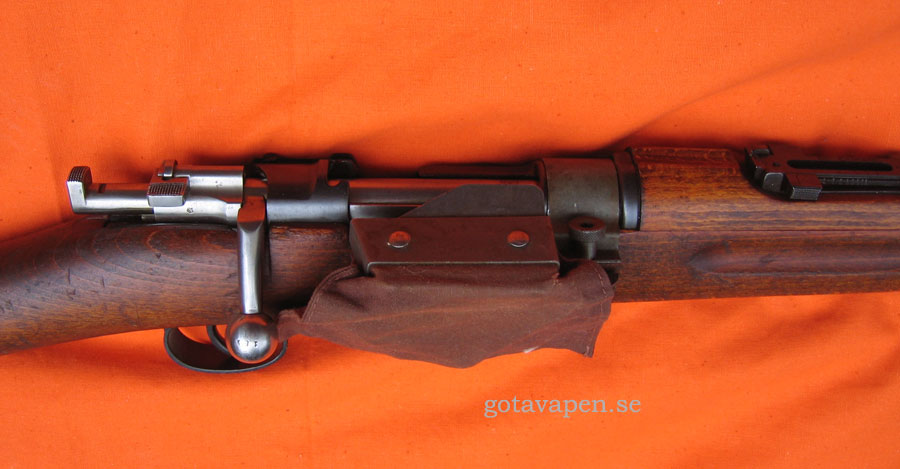 |
|
A: The bag was used only for peace time exercises to collect spent brass after firing of blanks. |
| Brass disk information. | |
|
The disks are positioned upside down on the right side of the stock, because when the soldier who normally is a right-handed shooter, looks at the disk he will have the disk in the right position. |
|
 |
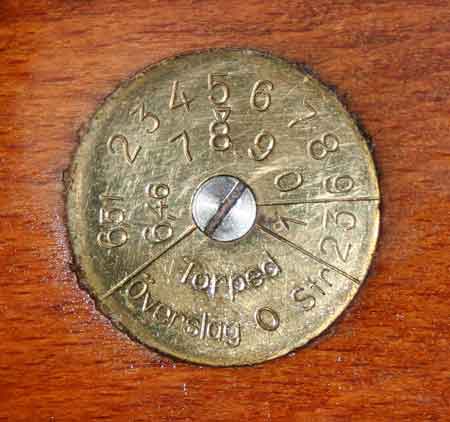 |
|
Upside down is a disk from a g
m/38; |
Here we look at a disk from a Ag
m/42B; |
| Swedish | English |
| Torped | Bullet with boat tail (also means "torpedo") |
| Överslag | "Point of impact over line of sight" (also means "estimate") |
| STR = Streck | Mills (1 Swedish mill = 1 meter at 1000 meters = 3,6" at 100 yds) |
| The
largest sector is stamped with the calibre of the barrel. The m/41 round had a much flatter trajectory than the older m/94. As most rifles were already manufactured with iron sights for the "m/94 bullet", the aiming correction in mills (how much lower you had to aim to hit the target) was inscribed on the brass disc. This is the information in the second sector. It was usually 0,5 mill.The last sector gives information on the level of bore pitting. 1 means pitting in the groves. 2 means pitting in the groves and on the side of the lands. 3 means pitting in the whole bore (= unserviceable). A rifle would never receive a 3, it would instead be turned in to a work shop, where the old barrel would be exchanged for a new one. |
|
 |
|
Was there a special sniper rifle version
of the m/96? Yes, there was a special sniper rifle version of the m/96 designated rifle m/41 ("Gevär m/41"). These rifles were selected species of "well shooting" m/96’s. Prior to the modifications their bores were checked and the rifles were fired for accuracy. The modifications consisted of drilling and tapping the receiver on the left side of the receiver and to mount a telescopic sight with mount. These sniper rifles are now obsolete, and were replaced in 1991 with the modern 7,62 mm sniper rifle PSG 90. This rifle had a a two whole brass disk, which reads:
"G m/41 B"
|
| What does the "turn down bolt handle" indicate? |
 |
| A "turn down bolt handle" on m/1938 rifles indicates that the rifle is a converted m/1896. All m/96 had straight bolt handles. Husqvarna made m/1938 were normally produced as m/38 with the handle down from the beginning (like the picture above). However there is a small number of HVA produced m/1896 (with straight handles). |
| Q: Why is there a lug on the cooking piece? |
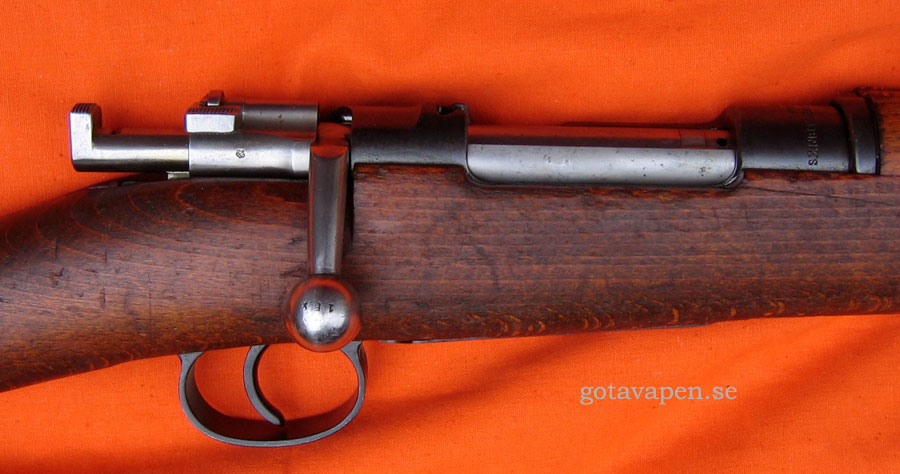 |
|
The soldiers were allowed to
dry fire the rifles in training if they first put a piece of leather between
the cooking piece and the bolt. That was the reason for the lug on the
cooking piece. On the picture the mechanism is cocked and locked. Safe to
the same side as the handle! The reason for the checkering of the cooking piece is to make it easier to dismantle the bolt. |
| Q: What accessories were used? | |
|
The following accessories have been used over the years:
|
|
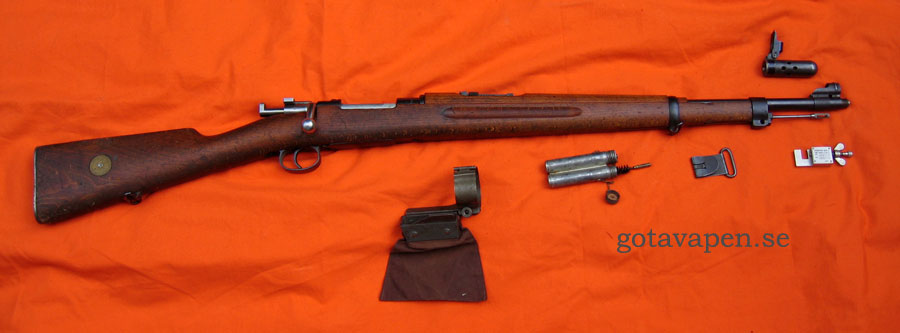 |
|
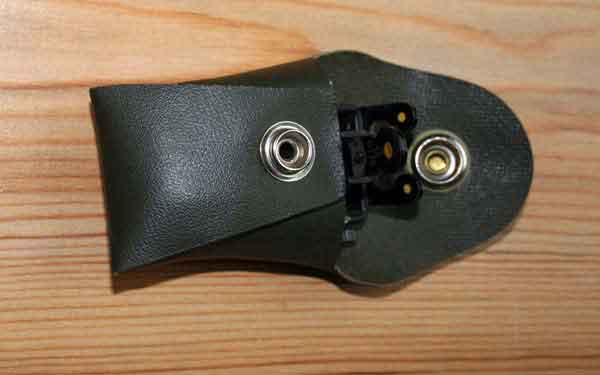 |
Illuminating night sights |
|
Front sight adjustment vise |
|
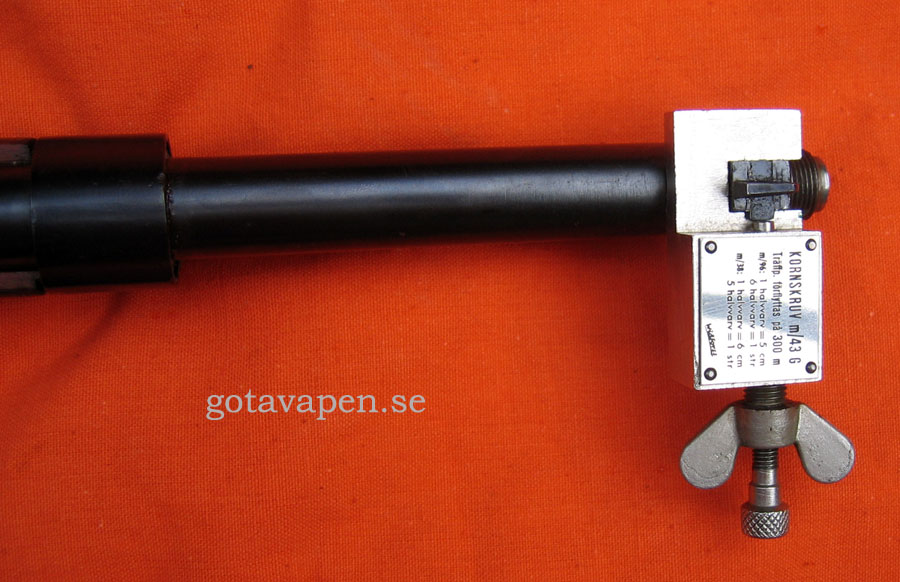
|
|
 |
Different front sight adjustment vises were used. On top m/43G marked with instructions for adjusting the sight of the m/96 and m/38.
To the left another type of adjustment vise.
|
| Q: Why is the cleaning rod so short? | |
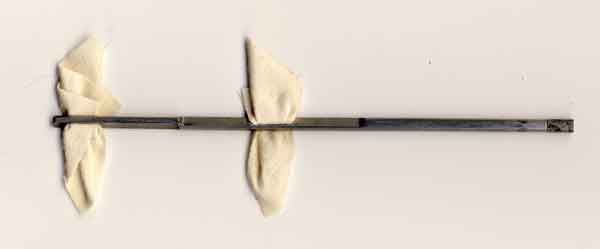 |
There was an attachment that should have been used, but it was never issued for the field service - only for peace time cleaning in the barracks. It looked like this. |
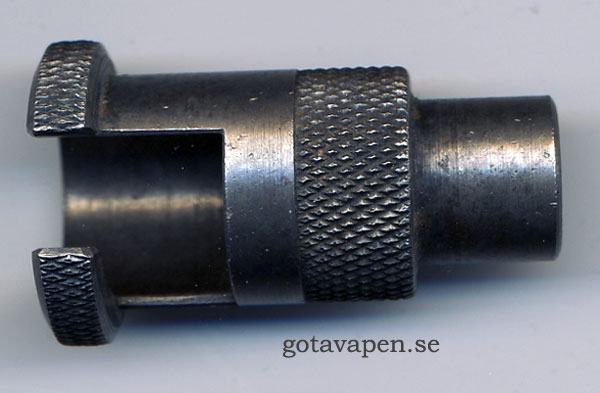 |
This Muzzle protection was normally used together with the cleaning rod. |
|
Q: What was the purpose of the hole in the front barrel band? |
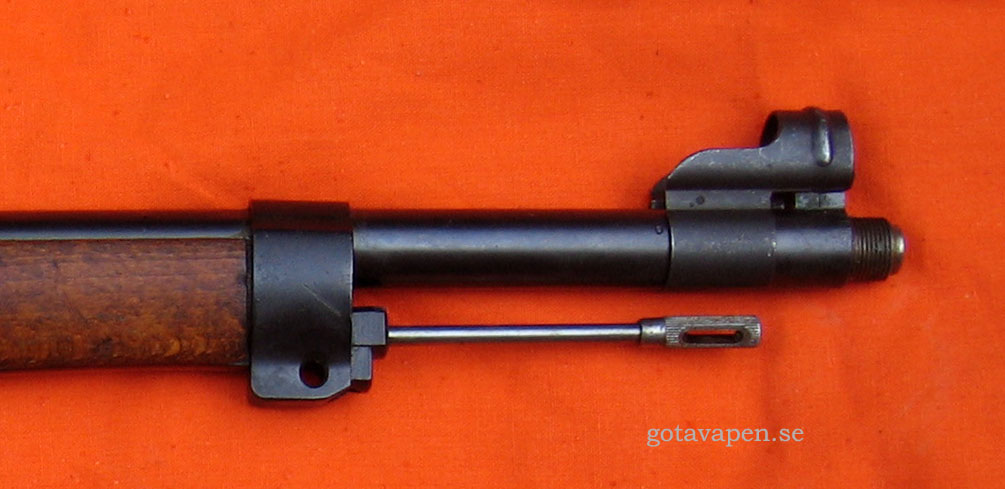 |
| It was used during rests when the soldiers connected their rifles together with a cleaning rod through this hole. |
|
Bolt handles on Kar m/94, Rifle m/96 and m/38. |
|
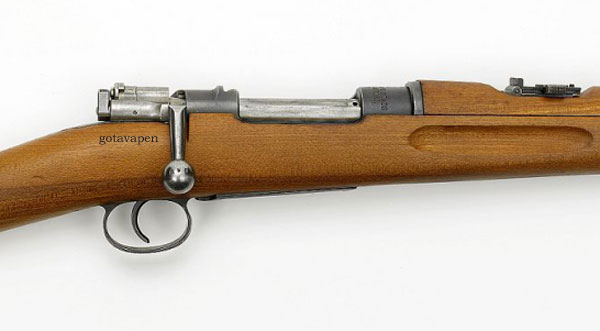 |
Mechanism of Carbine m/94 |
 |
Mechanism of Short rifle m/38 type 2 |
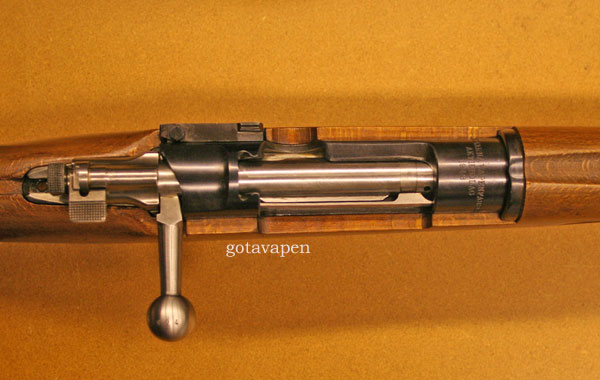 |
Mechanism of Long rifle m/96 and Short rifle m/38 type 1 |
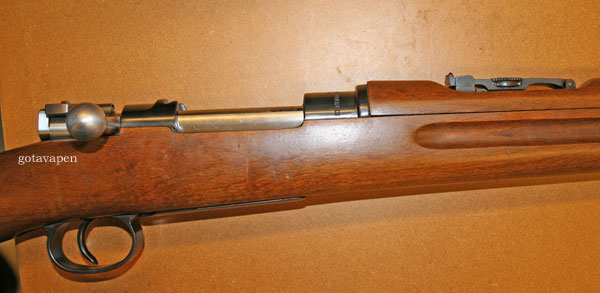 |
Mechanism of Long rifle m/96 |
Production
figures for the Swedish Army Rifles
m/1896, m/1938, m/1941 and Carbine m/1894.
| Weapon | Manufacturer |
Production |
Quantity |
| Carbine m/94 ("Karbin m/94") | Mauser |
1894-1896 |
12.000 |
| Carbine m/94 ("Karbin m/94") | Carl Gustafs Stads Gevärsfaktori |
1895-1933 |
115.000 |
| Rifle m/96 ("Gevär m/96") | Mauser |
1896-1899 |
40.000 |
| Rifle m/96 ("Gevär m/96") | Carl Gustafs Stads Gevärsfaktori |
1899-1936 |
475.000 |
| Rifle m/96 ("Gevär m/96") | Husqvarna Vapenfabriks AB (HVA) |
1942-1944 |
20.000 |
| Rifle m/38 ("Gevär m/38") | Carl Gustafs Stads Gevärsfaktori |
1938-1940 |
55.080 m/96 were converted to m/38 |
| Rifle m/38 ("Gevär m/38") | Husqvarna Vapenfabriks AB (HVA) |
1942-1944 |
88.150 |
| Sniper rifle m/41 ("Gevär m/41") | Carl Gustafs Stads Gevärsfaktori |
1941-1943 |
5.300 selected and modified m/96 |
Husqvarna Vapenfabrik AB
Serial Numbers/year
| Rifle m/38 (Gev m/38) | Low | High | Quantity |
| 1941 | 600035 | 628717 | 28 672 |
| 1942 | 628822 | 667603 | 38 781 |
| 1943 | 669783 | 683939 | 14 156 |
| 1944 | 704000 | 705969 | 1 969 |
| Rifle m/96 (Gev m/96) | Low | High | Quantity |
| 1942 | 695810 | ||
| 1943 | 689087 | 697837 | 8 750 |
| 1944 | 697641 | 702969 | 5 328 |
| 1945 | 698649 |